Dr. Manik Madaan, a resident doctor in the USA, conducted a 6-month experiment with red light therapy to investigate its purported anti-aging benefits and overall health effects. In his YouTube video, he shares his personal experiences, protocol, and results, offering insights into the potential benefits and limitations of this increasingly popular treatment.
Observed Red Light Effects
Dr. Manik Madaan observed several notable results from his 6-month experiment with red light therapy:
1. Increased energy levels: Dr. Madaan reported a significant boost in energy, stating that he no longer needed naps during the day.[2][4]
2. Improved sleep quality: Using Fitbit data, he noted an increase in both REM and deep sleep, indicating better overall sleep quality.[2][4]
3. Reduced brain fog: Dr. Madaan experienced a decrease in mental cloudiness, allowing him to speak more clearly without relying on a script.[2]
4. Enhanced muscle recovery: He reported no muscle pain after high-intensity workouts, suggesting improved recovery.[2]
5. Skin improvements: Dr. Madaan observed a reduction in acne and noted that a scar on his face became less prominent.[2][4]
6. Potential fat reduction: He perceived a decrease in belly fat and more visible abdominal muscles, though this was not quantitatively measured.[2]
7. Absence of side effects: Throughout the 6-month period, Dr. Madaan did not experience any negative side effects from the therapy.[4]
8. Anecdotal evidence: He shared an account of a senior doctor who experienced relief from shoulder pain after using red light therapy.[2]
While Dr. Madaan emphasized that red light therapy did not make him "superhuman," he found the overall effects to be positive and noticeable.[2][4] He concluded that while red light therapy may not be a miracle cure, it does offer tangible benefits, particularly in areas of energy, sleep, and recovery.[4]
It's important to note that these results are based on Dr. Madaan's personal experience and may vary for different individuals. He also stressed the importance of using proper equipment and following a consistent protocol to achieve optimal results.[4]
Mitochondrial Efficiency Boost
Mitochondrial efficiency plays a crucial role in cellular energy production and overall health. Several strategies have been identified to enhance mitochondrial function and efficiency:
1. Dietary interventions: Short-term dietary nitrate supplementation has been shown to enhance mitochondrial efficiency by reducing proton leak and increasing the P:O ratio, effectively increasing ATP generation per unit of oxygen consumed[1]. This improvement in mitochondrial coupling efficiency translates to enhanced exercise economy and reduced whole-body oxygen cost during steady-state exercise[1].
2. Calorie restriction: This approach has been found to improve mitochondrial bioenergetic efficiency by enhancing electron transport chain activity, regulating reactive oxygen species (ROS) production, and promoting mitochondrial quality control mechanisms[2]. Calorie restriction also supports the renewal of the mitochondrial network through autophagy and biogenesis[2].
3. Exercise: Regular physical activity, particularly high-intensity interval training (HIIT), stimulates mitochondrial biogenesis and improves respiratory capacity in muscles[2]. Exercise triggers cellular responses that lead to the production of more mitochondria and mitochondrial enzymes, enhancing the ability to produce ATP from nutrients[2].
4. Nutrient supplementation: Various nutrients can support mitochondrial function, including B vitamins, minerals, polyphenols, L-carnitine, alpha-lipoic acid, coenzyme Q10, and creatine[2]. These compounds can provide substrates and co-factors for mitochondrial enzymes, enhance cellular antioxidant defenses, and protect mitochondrial membranes[2].
5. Red/near-infrared light therapy: This treatment enhances mitochondrial efficiency by stimulating cytochrome C oxidase, a key component of the electron transport chain[2]. It improves cellular signaling and triggers beneficial cellular responses, including enhanced antioxidant defenses[2].
6. Temperature exposure: Both cold and heat exposure can stimulate mitochondrial activity and biogenesis. Cold exposure activates brown adipose tissue and skeletal muscle mitochondria to generate heat, while heat stress triggers adaptive responses that increase mitochondrial functional capacity[2].
7. Sleep optimization: Adequate sleep is crucial for mitochondrial health, as it allows the brain to clear out neural waste and toxins, enabling mitochondria to function more efficiently[3].
8. Targeted supplementation: Specific supplements, such as resveratrol, have been shown to upregulate mitochondrial antioxidant-forming enzymes, decrease reactive oxygen species (ROS) load in mitochondria, and stimulate the formation of new, healthy mitochondria[3].
It's important to note that mitochondrial efficiency can be context-dependent. For instance, studies on high-fat diets have shown that short-term increases in mitochondrial efficiency may precede the development of insulin resistance, suggesting a complex relationship between mitochondrial function and metabolic health[5]. Therefore, a holistic approach considering diet, exercise, and lifestyle factors is crucial for optimizing mitochondrial efficiency and overall health.
Skin Health Improvements
Red light therapy has shown promising results in improving various aspects of skin health. The treatment works by penetrating deep into the skin, stimulating cellular processes that can lead to several beneficial effects:
1. Collagen production: Red light therapy enhances collagen production, which is crucial for maintaining skin elasticity and reducing the appearance of fine lines and wrinkles.[1][2] This increase in collagen can lead to smoother, more youthful-looking skin.
2. Skin hydration and elasticity: Studies have demonstrated significant improvements in skin hydration, elasticity, and roughness after 8 weeks of red light therapy use.[1] These improvements contribute to a healthier, more supple skin texture.
3. Reduction in pore size: Red light therapy has been shown to decrease skin pore size, contributing to a more even skin texture and appearance.[1]
4. Anti-aging effects: The therapy can help diminish the appearance of fine lines and wrinkles by stimulating collagen production and improving overall skin texture.[2][4]
5. Acne treatment: Red light therapy, especially when combined with blue light, has shown effectiveness in treating acne by reducing inflammation and modulating sebum production.[1][2]
6. Wound healing: The therapy promotes faster wound healing by stimulating cellular repair processes and increasing blood flow to damaged tissues.[2][4]
7. Psoriasis and eczema relief: While more research is needed, red light therapy has shown potential in alleviating symptoms of psoriasis and eczema by modulating the immune response and reducing inflammation.[1][2]
8. Rosacea management: Red light therapy may help manage rosacea symptoms by modulating the immune system and changing the inflammatory response.[1]
9. Sun damage repair: The therapy can help repair sun-damaged skin and reduce the risk of photoaging.[1]
10. Scar reduction: Red light therapy may help diminish the appearance of scars, including burn scars and stretch marks.[2]
It's important to note that while these benefits are promising, individual results may vary. The effectiveness of red light therapy can depend on factors such as the specific wavelengths used, treatment duration, and consistency of application. Additionally, while red light therapy is generally considered safe, it's crucial to follow proper guidelines and consult with a healthcare professional before starting treatment, especially for those with pre-existing skin conditions or sensitivities.[2][4]
Recovery from Micro-Injuries
Recovery from micro-injuries, such as micro-tears in muscles and connective tissues, requires a multifaceted approach to promote healing and prevent further damage. Here are key strategies for effective recovery:
1. Rest and elevation: Keeping the affected area still and elevated helps reduce pain and swelling in the early stages of recovery from micro-tears.[1]
2. Cold therapy: Applying cold packs during the first few days after experiencing micro-tears can help manage inflammation and discomfort.[1]
3. Early intervention: Addressing micro-tears promptly is crucial to prevent them from snowballing into chronic pain or degenerative conditions. Proactive treatment can help break the cycle of compensatory movement patterns that may lead to further injuries.[1]
4. Nutrition: Proper nutrition plays a vital role in recovery. Evidence-based nutritional strategies can accelerate healing, though the specific approach may vary depending on the severity of the injury.[2]
5. Compression: Various protocols involving compression have shown promise in aiding recovery from exercise-induced muscle injuries, including micro-tears.[3]
6. Active regeneration: Gradually reintroducing movement and light exercise can help promote healing and prevent muscle atrophy during recovery.[3]
7. Sleep optimization: Adequate sleep is essential for tissue repair and overall recovery.[3]
8. Physiotherapy: Professional guidance from a physiotherapist can be beneficial in developing a tailored recovery plan. Treatments may include taping, acupuncture, ultrasound, microcurrent therapy, TENS, and soft tissue mobilizations.[4]
9. Gradual return to activity: As pain allows, slowly returning to normal activities helps strengthen the affected area, restore flexibility, and improve proprioception.[4]
10. Prevention strategies: Implementing good habits such as proper warm-up, stretching, gradual intensity increases in training, and staying well-hydrated can help prevent future micro-injuries.[4]
11. Anti-inflammatory medications: While nonsteroidal anti-inflammatory drugs (NSAIDs) may speed up short-term recovery, their long-term use might compromise healing and should be approached cautiously.[4]
12. Avoid harmful activities: In the initial 48-72 hours after injury, it's important to avoid activities that could exacerbate the injury, summarized by the acronym HARM: Heat, Alcohol, Running, and Massage.[4]
13. PRICE protocol: Following the PRICE (Protection, Rest, Ice, Compression, Elevation) protocol in the early stages of injury can help manage symptoms and promote healing.[4]
It's important to note that recovery time can vary depending on the severity of the micro-injuries and the individual's overall health. While most soft tissue injuries may take a few weeks to heal, a personalized approach under professional guidance can optimize the recovery process and help prevent future injuries.[4]



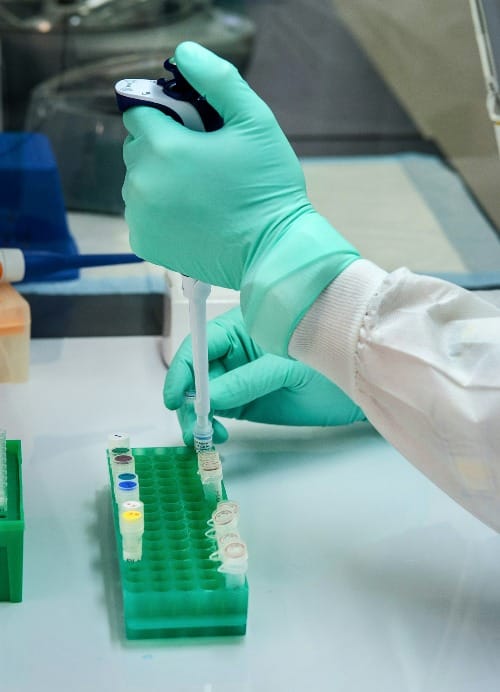

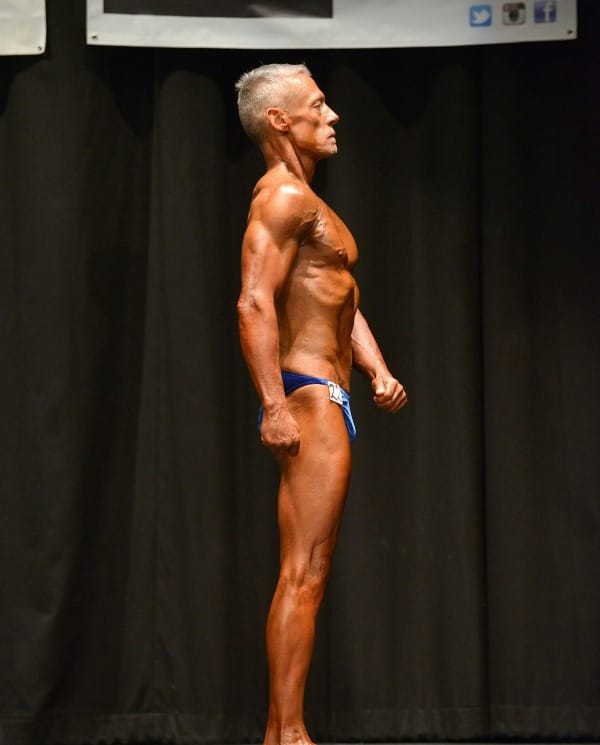
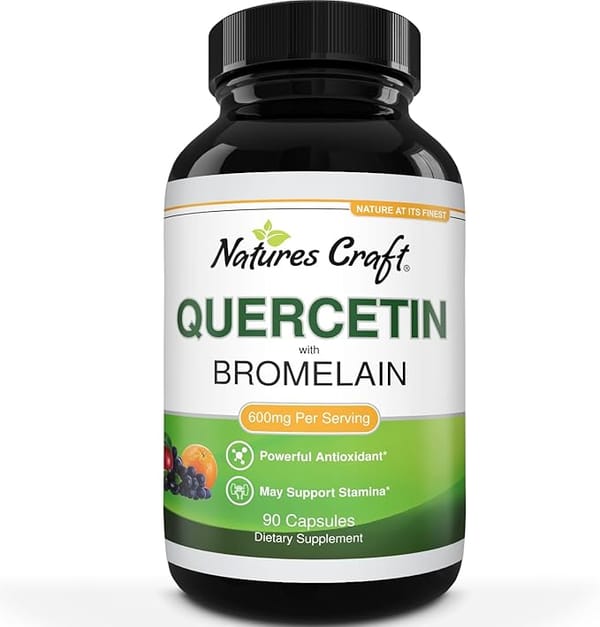

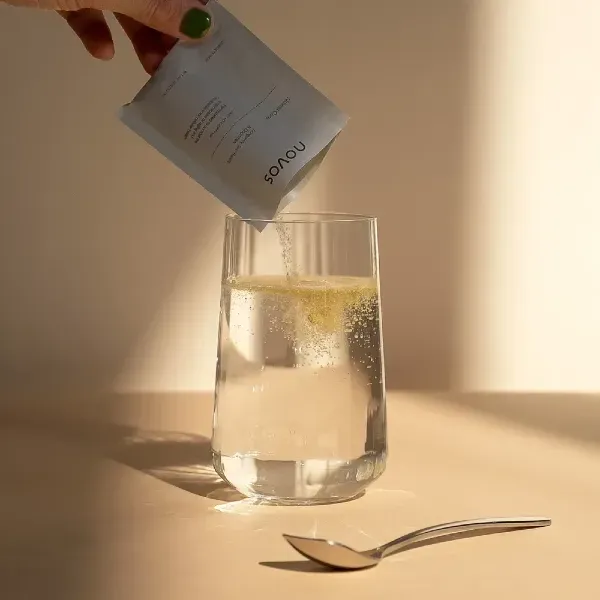



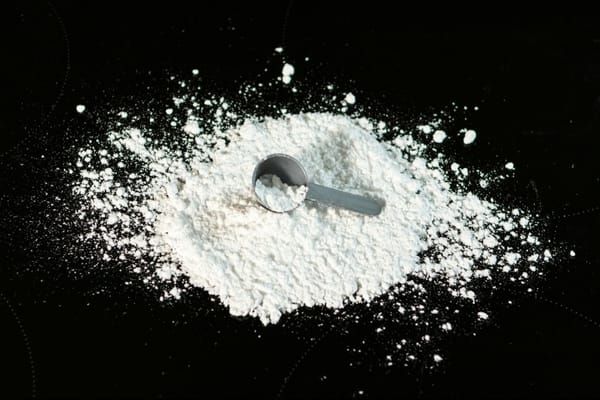

Member discussion